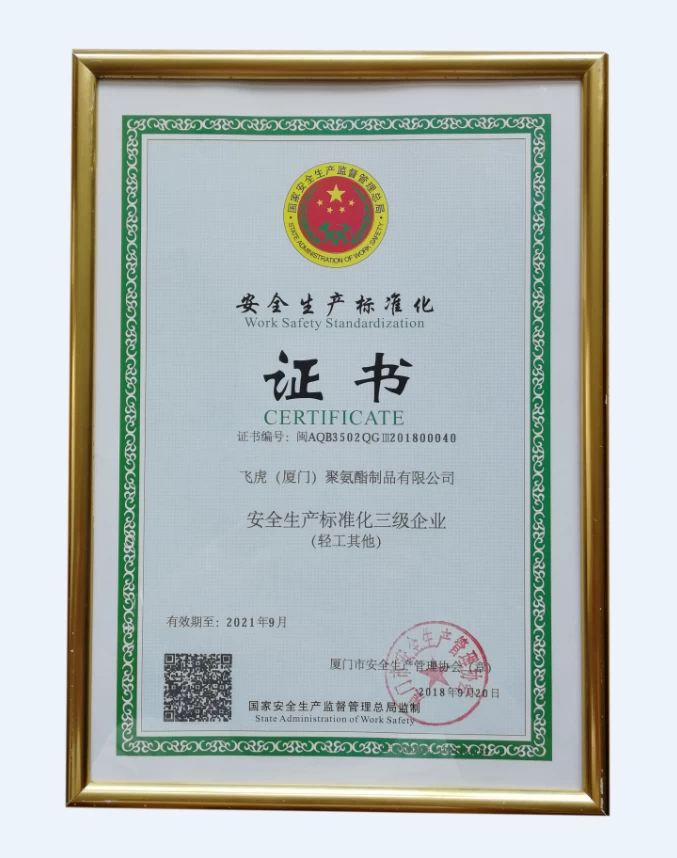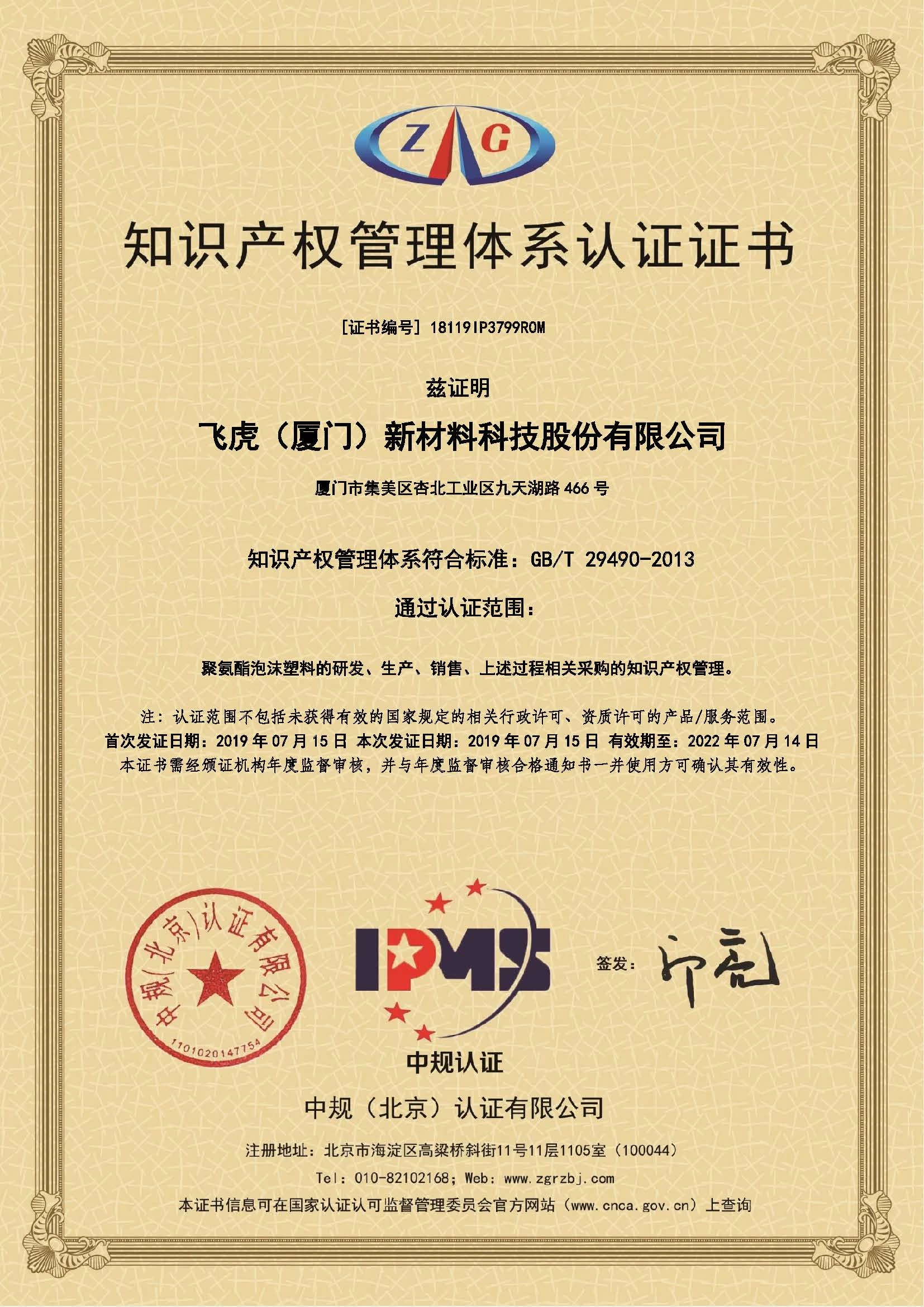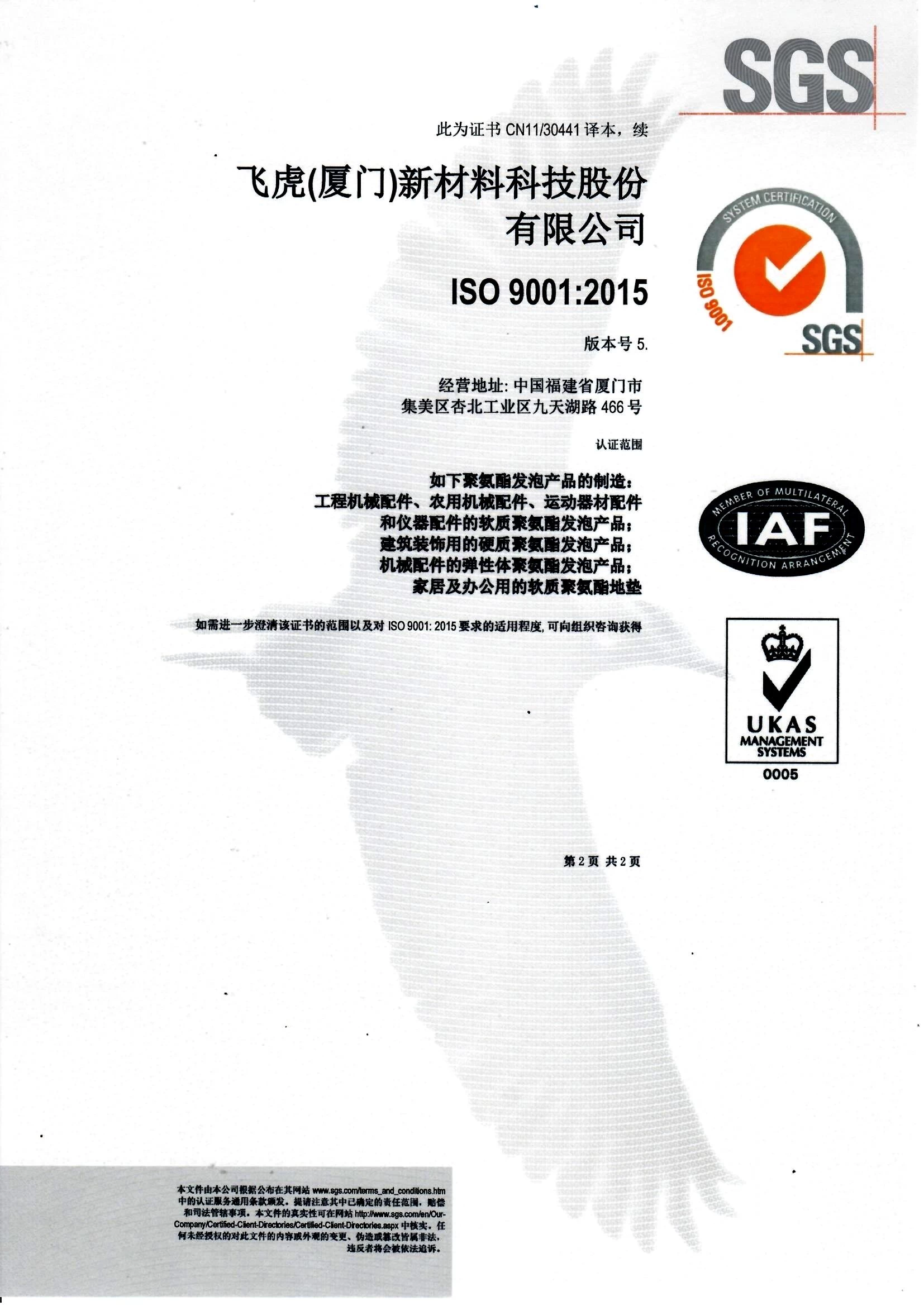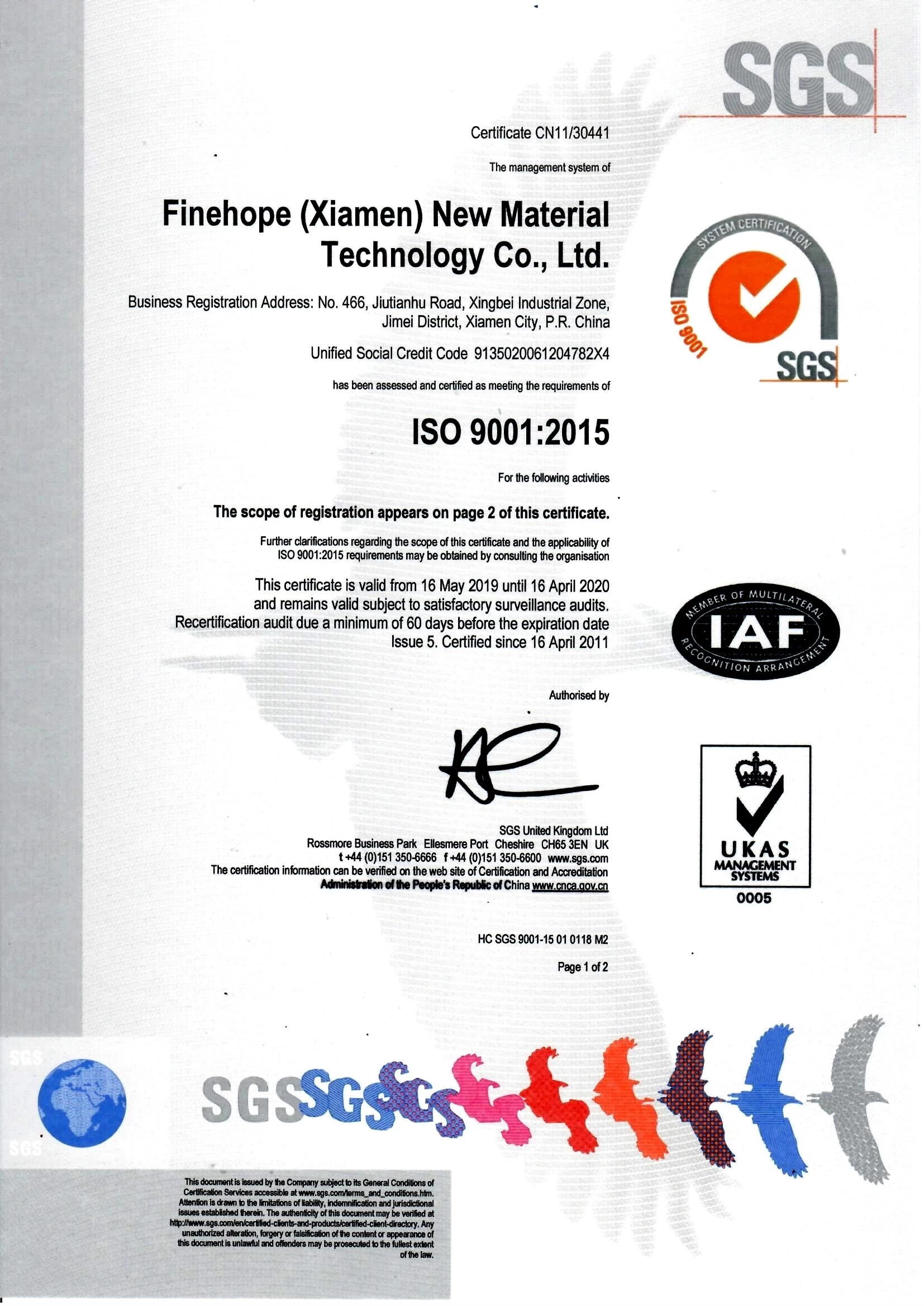Industrial robots instead of artificial labor force has become an inevitable trend
Max lin
2016-09-24 12:03:44
More and more factories in China are using robots on the assembly lines to replace workers who demand high salaries.
Factories have struggled to keep up with overseas orders due to the rising labour cost and instead opted for machines, according to a report by China Central Television Station (CCTV).
A reporter from CCTV visited two robot-equipped factories, both situated in Guangdong Province. The region, located in southern China, is well-known for its large number of factorieshandling overseas orders for famous brands including Disney.
One factory, which produces lenses for German brand Carl Zeiss in Guangzhou, started using robots four years ago in a bid to improve productivity and to cut costs.
Its manager Zeng Zhiyong told the reporter that they were informed in 2012 that China's labour cost is twice more expensive than Mexico's and four times more expensive than India's.
'We were very surprised at this huge gap and started to think of how to improve productivity,' he said.
Between 2012 and 2015, Zeng cut down the number of workers by 70 people - from 440 to370- but managed to increased the output from four million to five million lenses per year.
China became the world's largest market for industrial robots in 2013. According to People's Daily Online, more than 20 per cent of the world's industrial robots are purchased by China.
Foxconn, the Taiwanese company which assembles iPhones and iPads, has also brought in machines to replace its 60,000 workers in one of its branches in southern China.
Related news:
- Polyurethane best anti fatigue floor mats antifatigue kitchen mats, anti slip stair mats anti slip mats for stairs, anti slip mat for kitchen
- Polyurethane no slip bath mat non skid mat floor foam mats cushioned kitchen mats cushion mat
- wrought iron balcony balustrade.exterior balustrades.terrace balustrade.iron balustrade
- balustrades for sale.balustrade outdoor.stainless steel balustrade.decorative balustrade
- baluster mold, stair baluster, railing baluster, balcony baluster



















